Looking for a new lens and wondering which focal length to choose? Here’s a comparison to help you understand the differences and pick the right wide-angle lens.
Let’s have a comparison
Here are the pictures from three different prime lenses: The Tamron 20mm f/2.8, Tamron 24mm f/2.8 and Tamron 35mm f/2.8. While all of them are wide angles, you’ll notice three main differences between images.
Comparison 1
.mgl-masonry { display: none; } #mgl-gallery-634eefdb3cf61 { column-count: 3; margin: -5px; } #mgl-gallery-634eefdb3cf61 .mgl-item { padding: 5px; } #mgl-gallery-634eefdb3cf61 figcaption { padding: 5px; } @media screen and (max-width: 800px) { #mgl-gallery-634eefdb3cf61 { column-count: 2; } } @media screen and (max-width: 600px) { #mgl-gallery-634eefdb3cf61 { column-count: 1; } }
Sony a9 + Tamron 20mm f/2.8
Sony a7c + Tamron 24mm f/2.8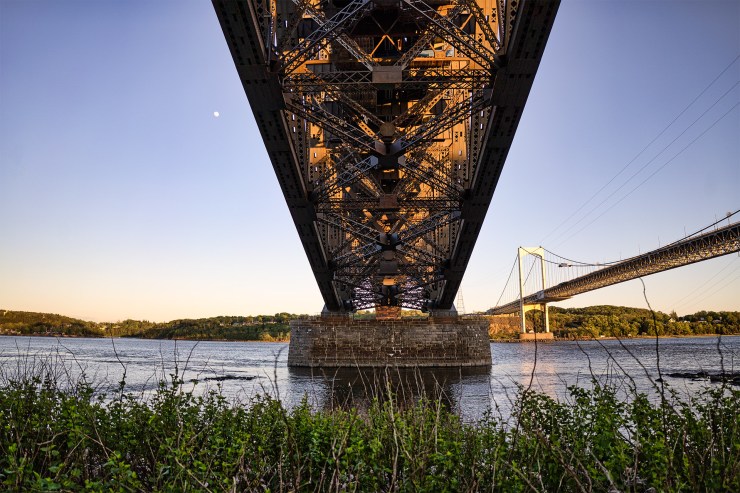
Sony a9 + Tamron 35mm f/2.8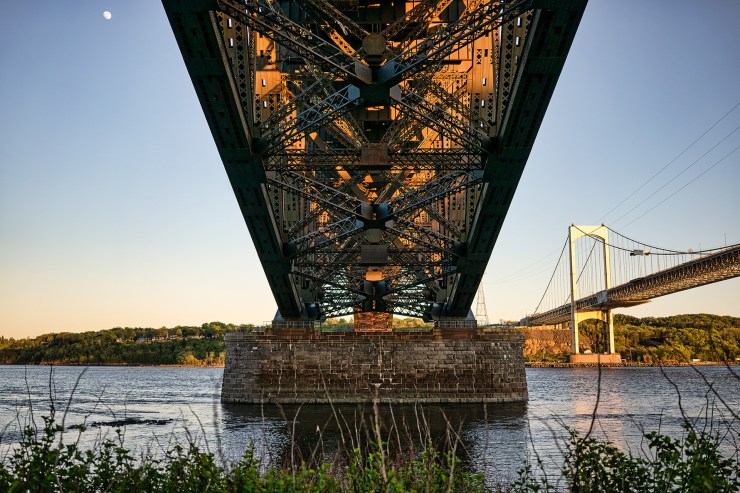
Comparison 2
.mgl-masonry { display: none; } #mgl-gallery-634eefdb3dcea { column-count: 3; margin: -5px; } #mgl-gallery-634eefdb3dcea .mgl-item { padding: 5px; } #mgl-gallery-634eefdb3dcea figcaption { padding: 5px; } @media screen and (max-width: 800px) { #mgl-gallery-634eefdb3dcea { column-count: 2; } } @media screen and (max-width: 600px) { #mgl-gallery-634eefdb3dcea { column-count: 1; } }
Sony a9 + Tamron 20mm f/2.8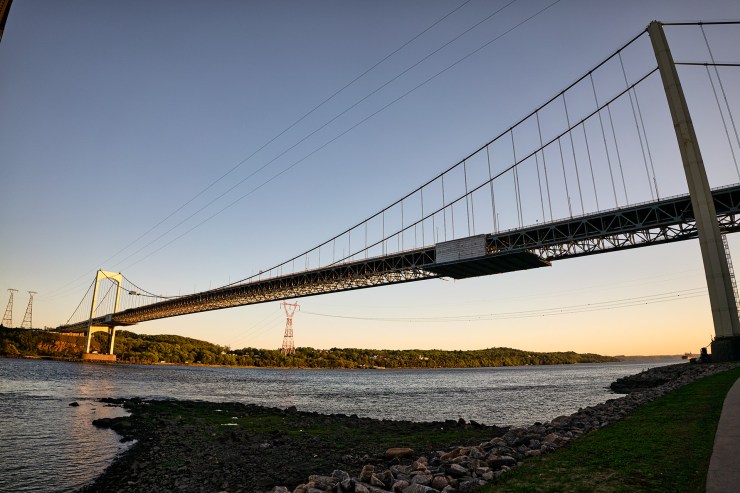
Sony a7c + Tamron 24mm f/2.8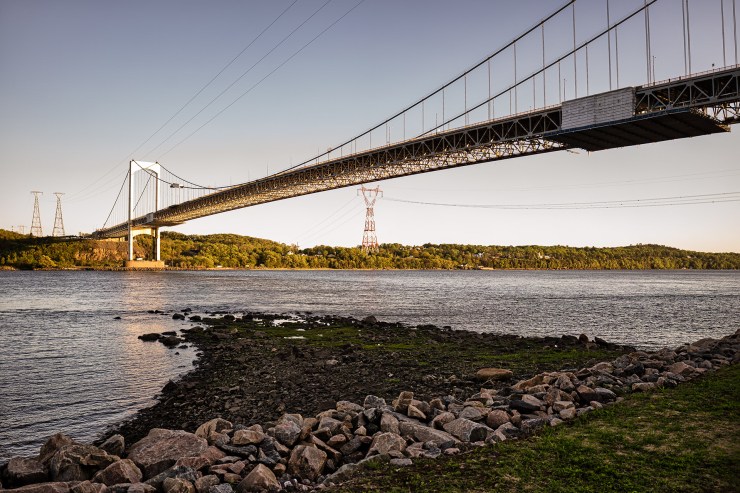
Sony a9 + Tamron 35mm f/2.8
Field of view
A wide-angle lens — as the name suggests — has a shorter focal length than normal or telephoto lenses. That’s very handy when you have to capture more things in a single frame or in a very tight space. Obviously, a 20mm lens will allow to “fit more stuff” in a picture than a 35mm.
Lens distortion
The wider the focal length, the more distortion it creates. The objects closer to the camera also tend to look bigger. which make some of them unflattering for portraits. Notice how the horizon (river) line curves a lot more on the 20mm picture than the 35mm.
Depth of field
At equal apertures, the background and foreground will appear more blurry in “longer lenses” — like the 35mm. That’s because of a compression effect. Notice from the grass in the foreground how there’s more depth of field (more are in focus) in the 20mm picture than in the 35mm.
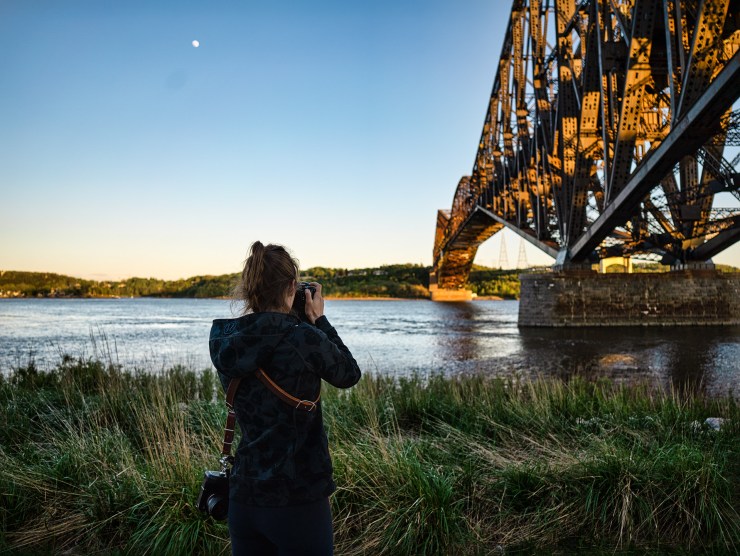
Picking the right wide-angle lens for YOUR type of photography
Are you into landscape or architecture? Then you might like a wider focal length like a 20mm to get everything in the frame. Perhaps are you more into street and portrait photography? Then maybe a “standard wide-angle” like a 35mm would be a better choice to prevent lens distortion. A large aperture (like f/2.8) is also very useful to create smaller depth of field — when desired — and to keep ISO at bay in low-light situations.
I personally always keep at least one wide-angle, one normal and one telephoto lens in my camera bag to be ready in any occasion. It’s great for my creative side as I can easily vary my compositions and point of views from a single stand point.
Even though there are MANY wide-angle lenses out there, I believe that starting with a good one unlocks amazing possibilities. You’ll always have the time to decide after if you want to stick with this one or — if you’re absolutely enjoying smaller focal lengths — invest in another one later!
For more tips on wide-angle lenses for action photography, have a look at this article. You’ll certainly enjoy it!
Tell your story with the second annual Visual Storytelling Conference!
Experience four days of interactive, online training sessions featuring a range of educational content with experienced photographers and content creators. This free event kicks off with a series of technical boot camps to build essential skills, followed by live, online sessions on photography, video, business and social media. Join live from March 10-13, 2022!
